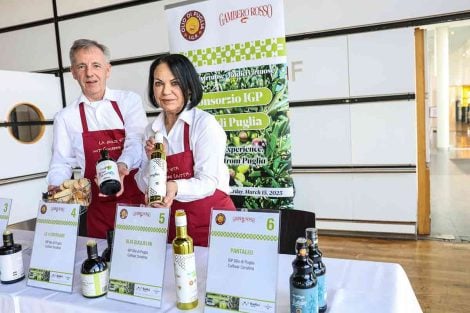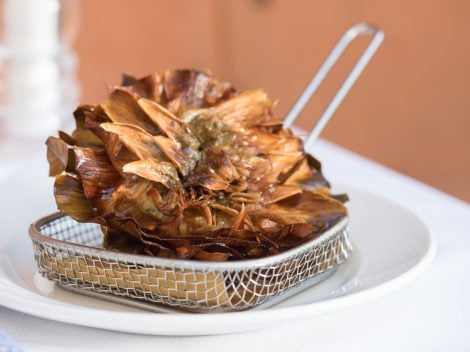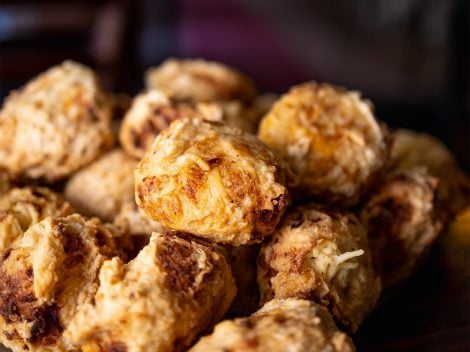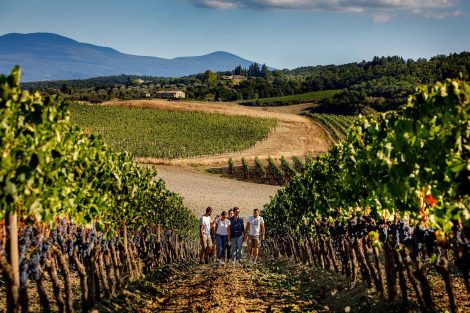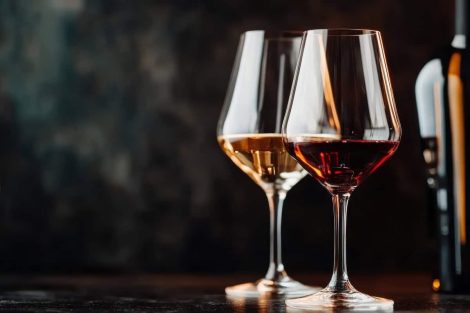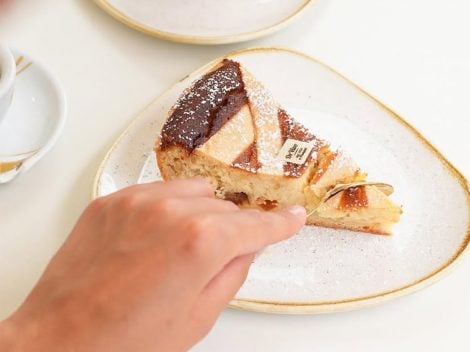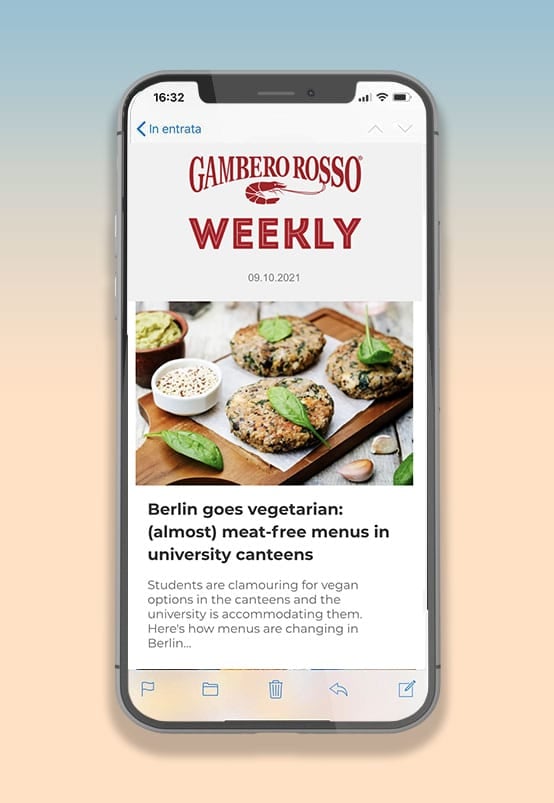It often happens that when the spotlight shines on a particular grape or denomination, others of equal value are cast into the shadows. This metaphor aptly describes what has happened in recent years in Piedmont. The success of Nebbiolo is evident to all: no one would dare question the nobility and prestige of this grape, which is the protagonist of Barolo and Barbaresco. However, it’s undeniable that for some time now, this grape has taken over many hectares of vineyard previously dedicated to other equally traditional and local varieties. The ones who’ve paid the price? Barbera, but especially Dolcetto. And that’s a real shame, because this grape has all the right characteristics to be a front-runner in today’s wine scene.

Dolcetto: grape variety at a glance
Dolcetto has a pleasantly gastronomic character. Its generally moderate acidity makes it easy to drink, with fragrant aromas of plum and violets, and a soft palate that tends to leave a pleasant almondy finish. It’s usually the first wine released from the cellars that produce it, but some winemakers offer versions aged in wood and slightly matured: after all, the grape’s tannic structure is robust enough to stand the test of time.
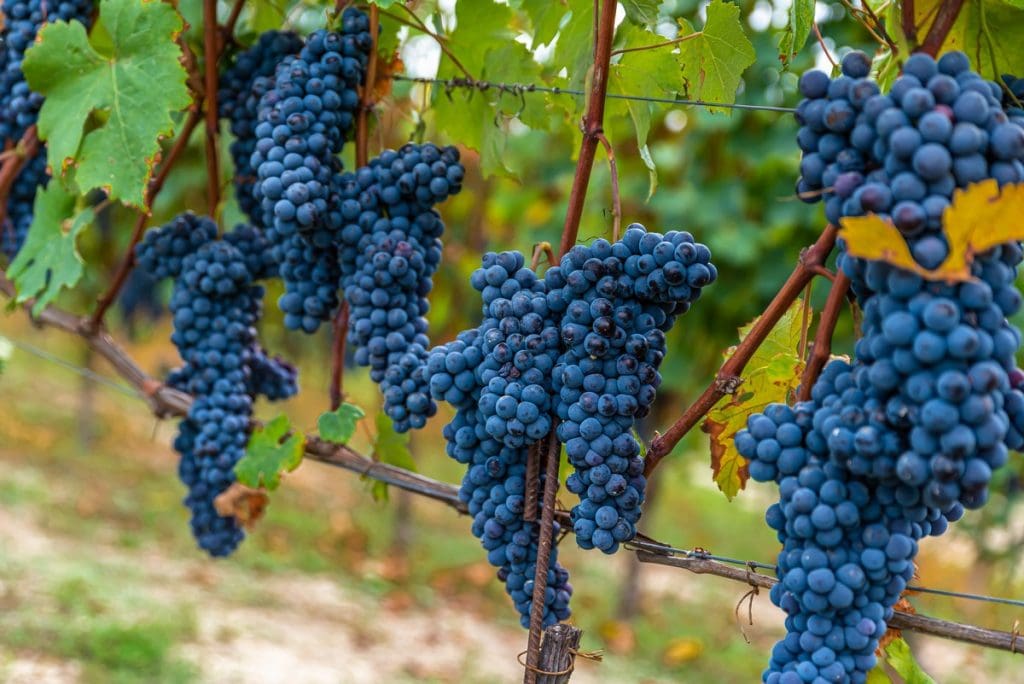
Theories behind the name
Dolcetto by name, but not by nature. Or more precisely: the name of the grape has nothing to do with the characteristics of the wine, which is fully dry, but rather refers to a quality of the grape itself, which is sweeter compared to other Piedmont varieties. However, some scholars suggest a different etymology: according to Professor Attilio Scienza, the name derives from “dozzetti”, referring to grapes grown on small hills or knolls.
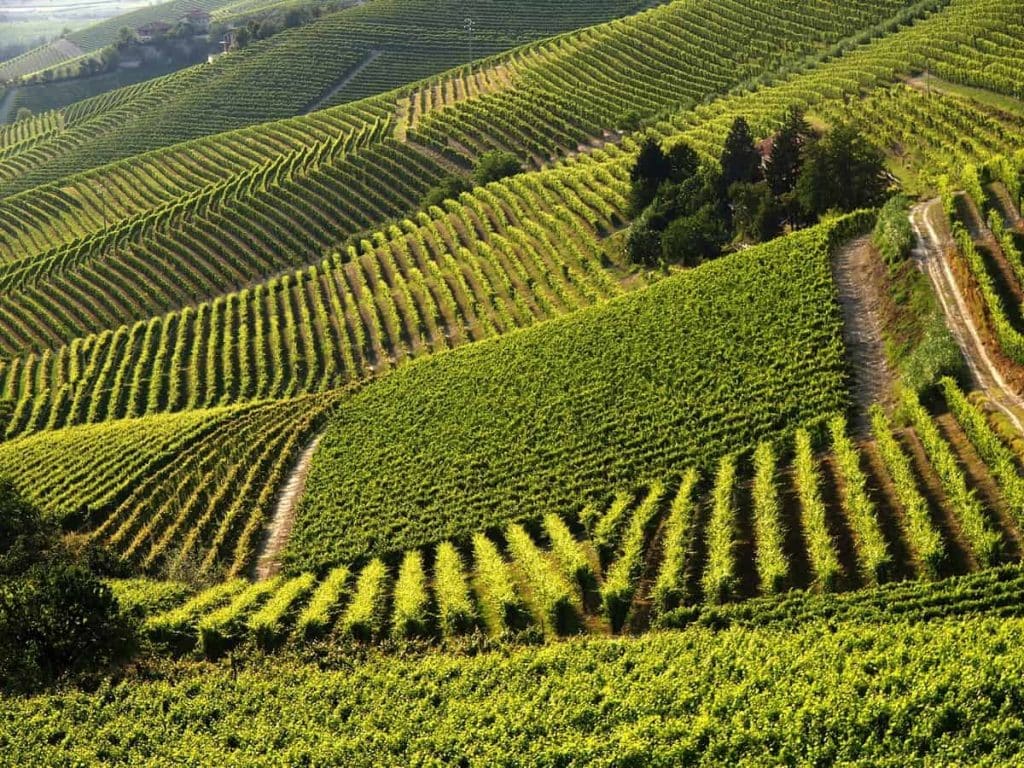
The territories of Dolcetto
But what are these knolls? They are the hills of Piedmont, where the grape has been grown for centuries. The earliest written records mentioning Dolcetto date back to the late 1500s, but its presence in the region is likely even older. Today, Dolcetto is cultivated in several areas: notably in Monferrato (probably its birthplace), the Langhe (where in Dogliani and Diano d’Alba it enjoys DOCG status), the Alessandria area (home to Ovada DOCG), and the Asti province. The variety also appears outside Piedmont: in Liguria, where it's known as Ormeasco, and even in parts of Lombardy.
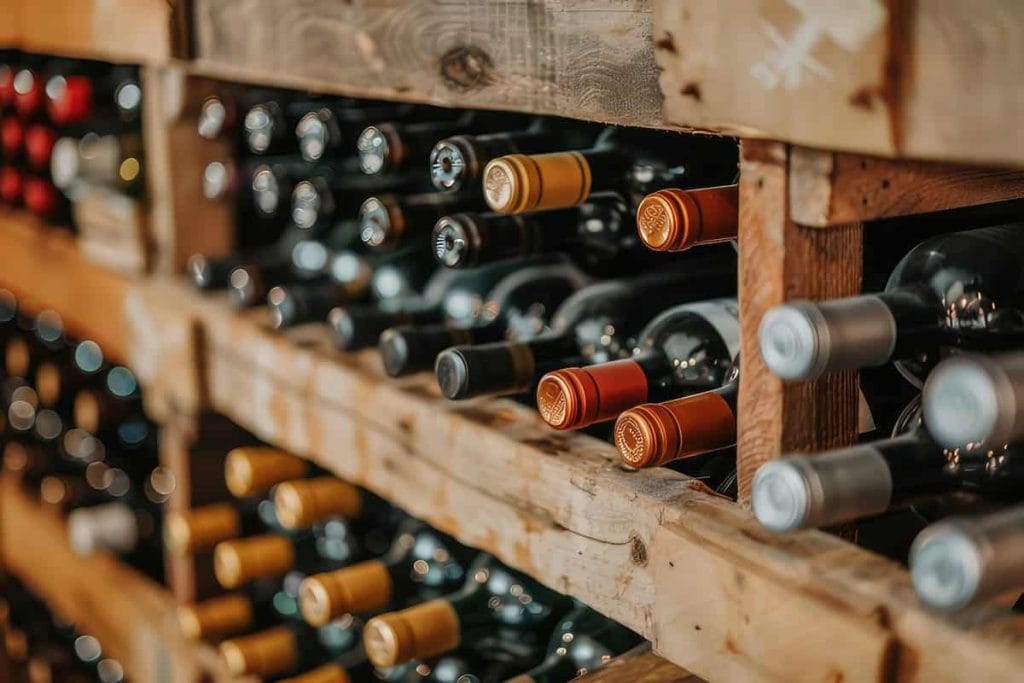
The best-value Dolcettos
The following list features our top tastings from Gambero Rosso’s Berebene 2025 and Vini d’Italia 2025 guides. Not only are these excellent wines, but they also offer exceptional value, with bottle prices under €20 in wine shops and online.
Following the full acquisition of Vietti Winery by the American Krause Group, Elena Penna and Luca Currado Vietti have embarked on a new journey alongside their children Michele and Giulia, without ever leaving their beloved Langhe. We can consider the Dolcetto Bricco Lago ’23 their debut work. Brilliant ruby colour, a slowly opening nose with notes of redcurrant and pomegranate, and a palate with substance.
Garabei, the Dolcetto di Diano d’Alba Superiore, is the flagship wine of the estate run by Giulio and Sergio Abrigo, both graduates of the Alba School of Oenology. It stands out for its complexity, depth, fullness, and elegance. Cherry, raspberry and spicy hints on the nose, while the palate is fresh and savoury, with fine tension and a delicate mineral streak.
Since the late 1980s, Claudio Alario has revitalised his family winery in Diano d’Alba. Initially producing Dolcetto, the range now includes Barbera and Barolo. Of the two Dolcetto crus – Pradurent and Montagrillo – we highlight the former, which benefits from an extra year of ageing. It offers enticing aromas of sweet tobacco and strawberry jam, with a strong and firm structure.
Davide Cavelli is the fourth generation in a winemaking family dating back to 1904. His Bricco Le Zerbe Riserva ’21 is the flagship wine. Deep and bright ruby colour, with a classic and refined bouquet of black fruits and cocoa, recalling the great Dolcettos. On the palate, a well-knit tannic structure and rich mid-palate lead to a long finish.
In 1958, Giorgio Facchino and his wife Rosaria founded their winery. Today, Carmine and Teresa, with their children Giorgio and Diego, carry it forward. The Poggiobello ’19 is a concentrated wine with brilliant ruby colour, intense wild berry aromas, and a compact palate that’s still firm in its tannic profile, suggesting promising evolution.
As always, Tacchino’s Dolcetto proves to be the flagship of the estate. In particular, this year we were impressed by the Dolcetto d’Ovada ’22. Its captivating nose spans from blackberry and cocoa to bitter almond and a hint of camphor, adding depth. With great structure and dense tannins, it finishes long and characterful – time will refine it further.
Not only is this the best tasting from the estate, the Ovada Convivio ’22 also offers incredible value. The nose reveals fragrant black fruit and light hints of cocoa. The palate is supported by a dense tannic texture and generous fruit, ending in a long and persistent finish.
Celso Abbona has always championed the Dogliani area and its Dolcetto. Today, he is joined by Marziano and his daughters Mara and Chiara. The Dogliani Papà Celso offers remarkable drinkability, with aromas of blackberry and bitter almond. On the palate, vibrant acidity invites another sip, complemented by balanced structure and a very long finish.
From the winery run by Luigi Abbona and family, this Dogliani reached our Tre Bicchieri finals this year. The Santa Lucia ’23 features a deep and brilliant ruby hue. The bouquet is intense, with elegant blackberry notes and subtle hints of chocolate, offering finesse, complexity, and character. Powerful palate with firm tannins, very long and distinctive.
Dogliani Valdibà ’23 by Osvaldo Barberis presents notes of blackberry, bitter almond, and chocolate. Fresh and rich in fruit, with soft tannins.
A lot has changed since Orlando Pecchenino started his work forty years ago: at that time, full-bodied wines with heavy oak influence were in vogue. Today, the style has softened, as shown by Siri d’Jermu ’22, with its deep and vivid ruby colour. Aromas of ripe black fruits, cocoa, and spices fill the nose. On the palate, it’s fine and complex, with a full body, lively tannins and a long, fresh finish. It still has a lot to reveal.

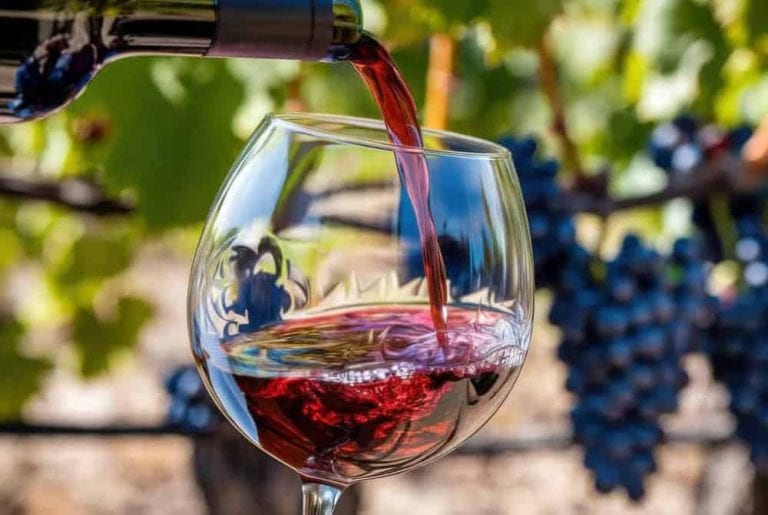
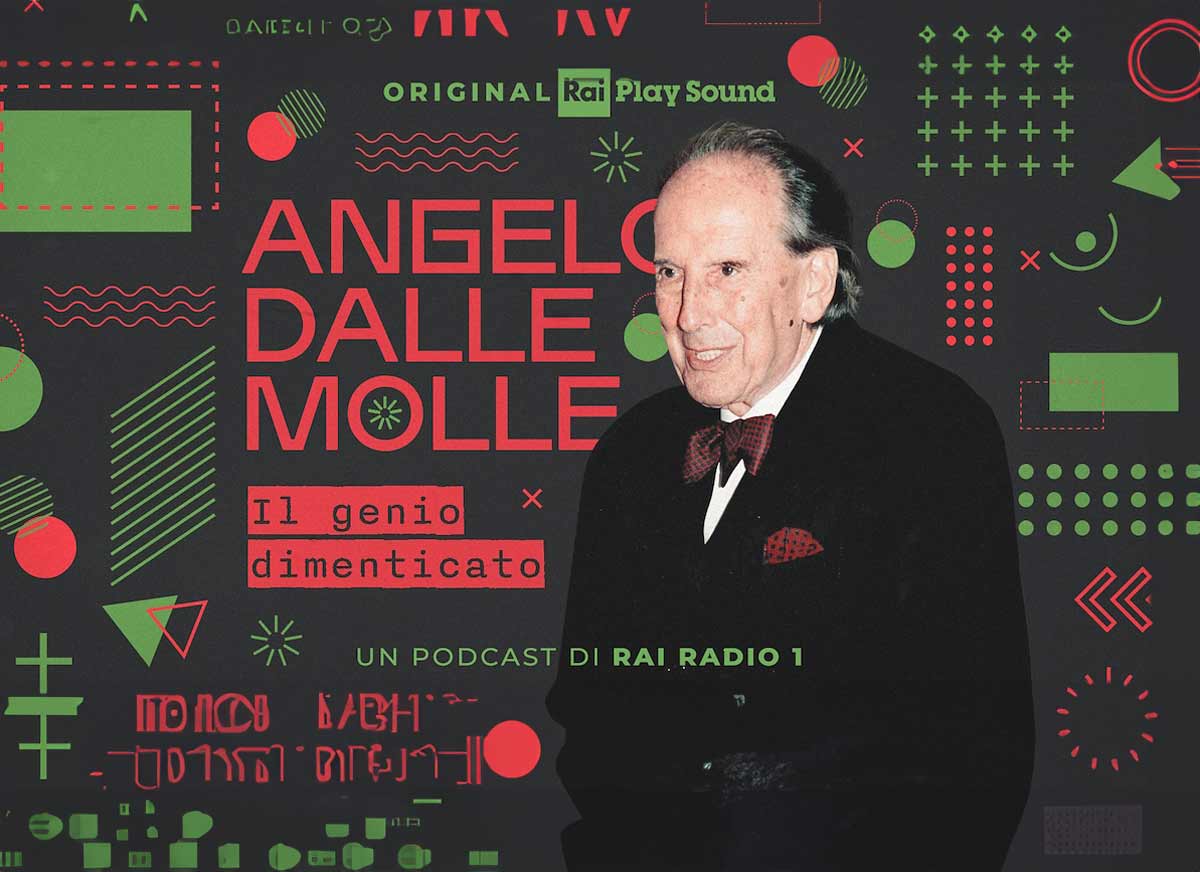 Unknown genius: the Italian inventor of Cynar who was building electric cars and studying Artificial Intelligence 50 years ago
Unknown genius: the Italian inventor of Cynar who was building electric cars and studying Artificial Intelligence 50 years ago Coratina party in Paris: the power of Puglia in a drop of oil
Coratina party in Paris: the power of Puglia in a drop of oil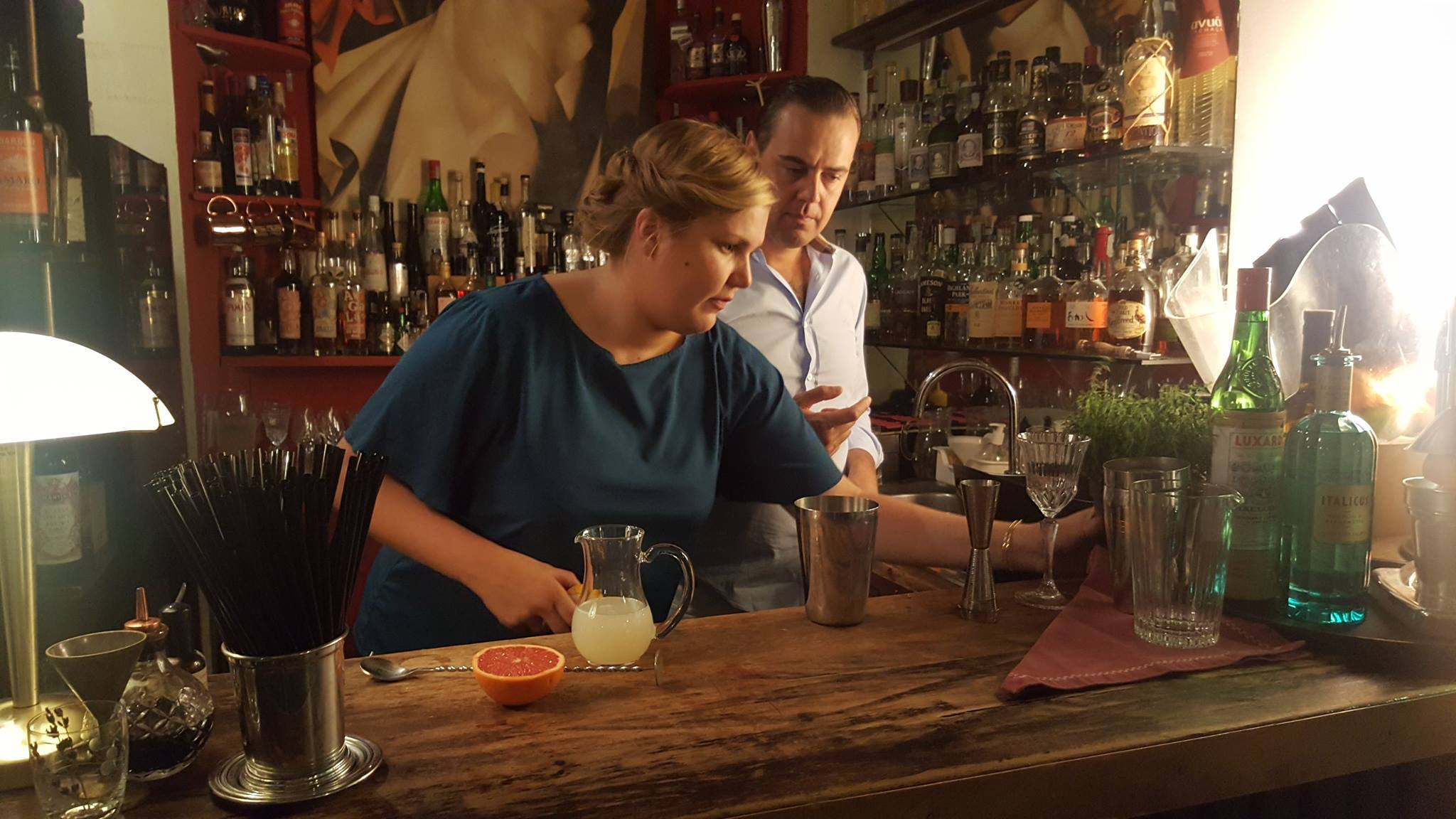 In a historic building in Genoa hides a top cocktail bar
In a historic building in Genoa hides a top cocktail bar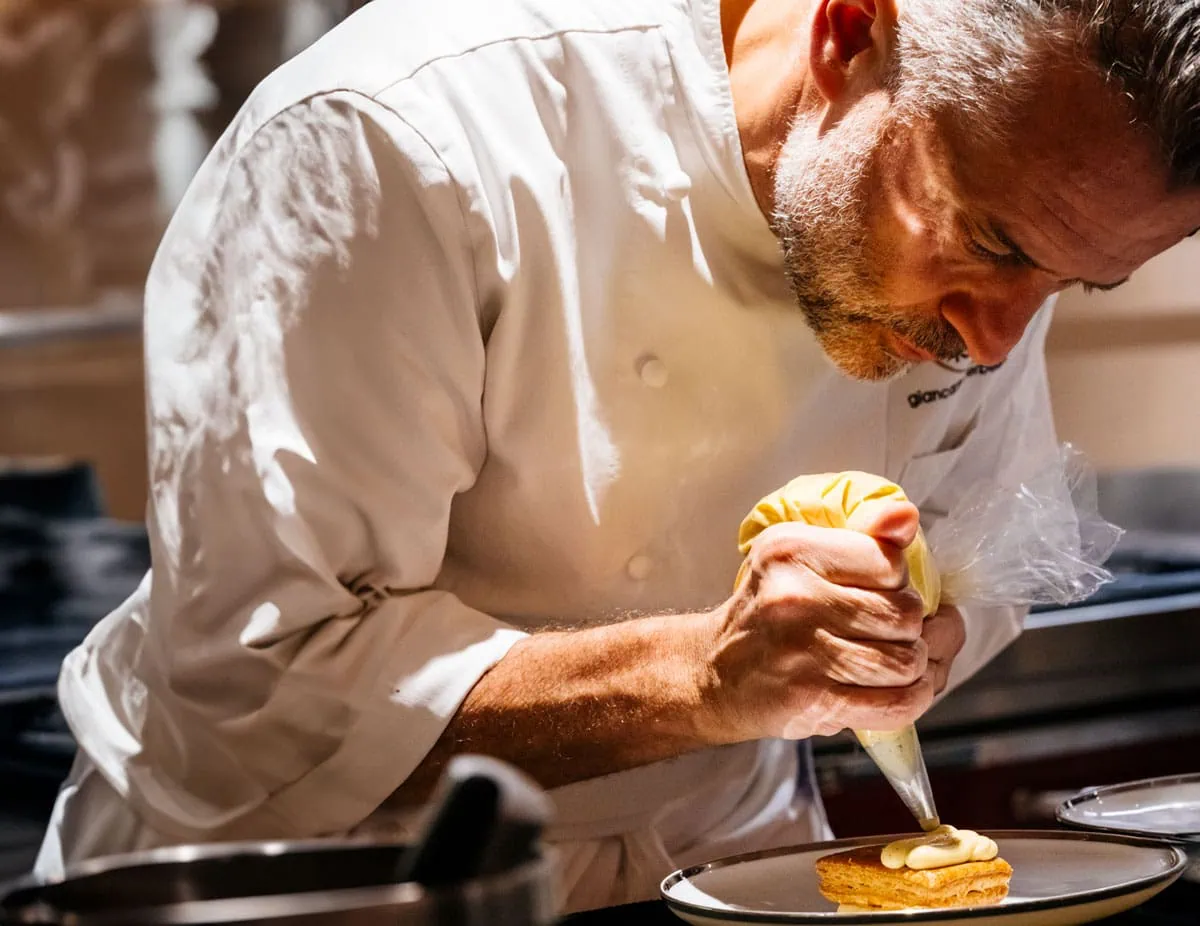 Giancarlo Perbellini: “The future? Less oppressive restaurants. If we don’t make young people fall in love with this job, we might as well close”
Giancarlo Perbellini: “The future? Less oppressive restaurants. If we don’t make young people fall in love with this job, we might as well close”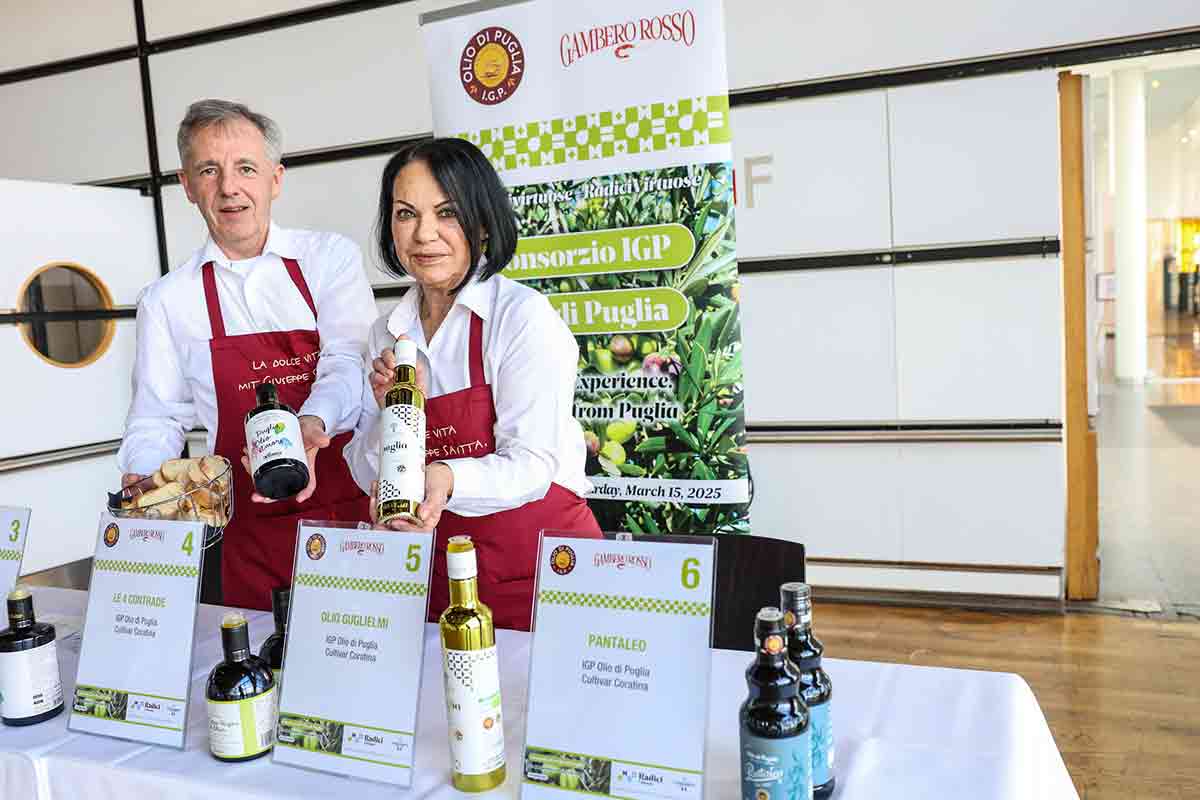 The great oils of Puglia on display in Düsseldorf
The great oils of Puglia on display in Düsseldorf